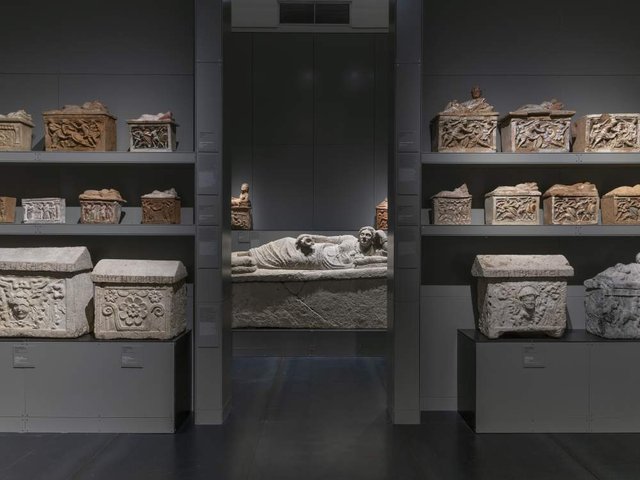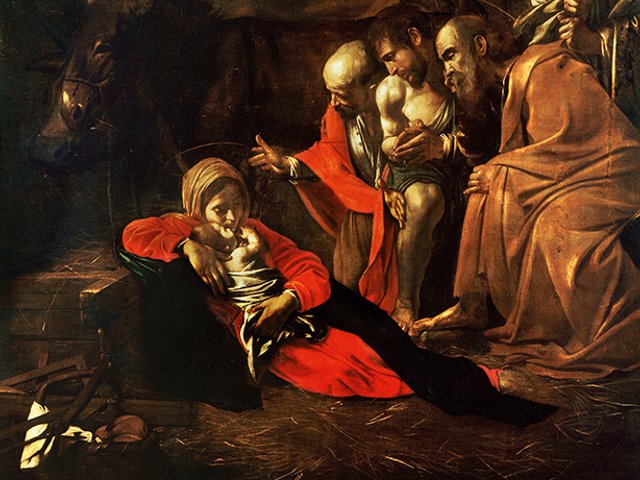Naples
Twenty new rooms devoted to theatre and the decorative arts have been inaugurated at the Museo di San Martino—a further stage in the restoration and reopening of this great Neapolitan museum.
The San Martino, established in 1866, has a substantial collection of local decorative arts acquired through legacies and donations, as well as acquisitions. The works bear witness to Naples’ pre-eminence in the production of arms, coins, medals, terracotta, gems, pietre dure mosaics, ivory and coral.
The enormous collection of Diego Bonghi, a key figure in the Risorgimento and an astute collector, is the foundation for the galleries. It was acquired in 1871 by the then director of the museum, Giuseppe Fiorelli.
The works are grouped by category, thereby telling something of the history of Naples. There is porcelain from the Naples royal factory, decorated by Raffaele Giovine in full-blown Neo-classical style; numerous works by the painters of Castelli maiolica such as Francesco, Carlo, Antonio and Saverio Grue and the Gentili; and pottery from the Giustiniani and Del Vecchio workshops.
Biscuit ware from the royal porcelain factory in Naples, also from the Bonghi Collection, is arranged around the work of the exceptional Filippo Tagliolini, head modeller at the factory.
The glass section is particularly rich, with Murano glass and other pieces worked in the “façon de Venise”. Most of these, including the late 16th-century pieces, are from the Bonghi collection.
Many of the paintings originate from the Ruffo di Bagnara collection, given to the museum by Prince Fabrizio Ruffo. These include family portraits by Tenerani, Dubufe and Patania linking the family to the history of Naples, in particular the handsome portrait of “Princess Sarah Louise Strachan” by Francesco Hayez.
Naples’ rich theatrical tradition is honoured in its own section. There are plans and stage designs for the San Carlo opera house, commissioned by Charles de Bourbon, as well as portraits of famous designers and musicians.
Documents from the Cammarano and Cuocolo Collections tell some of the history of the San Carlino Theatre, the famous small theatre where Neapolitan plays were staged until its demolition in 1884.
In one room the stage of the San Carlino is recreated, a stage where whole generations of actors made their living, from the Petito family in the famous masque of Pulcinella (recreated here by Picasso) to the Cammarano family.
To close, there is a showcase full of puppets made in Naples in the “Opera dei Pupi”. Alongside the traditional Sicilian, Calabrian and Pugliese figures can be seen the guappi of old Naples.
Originally appeared in The Art Newspaper as ‘Bella Napoli'





